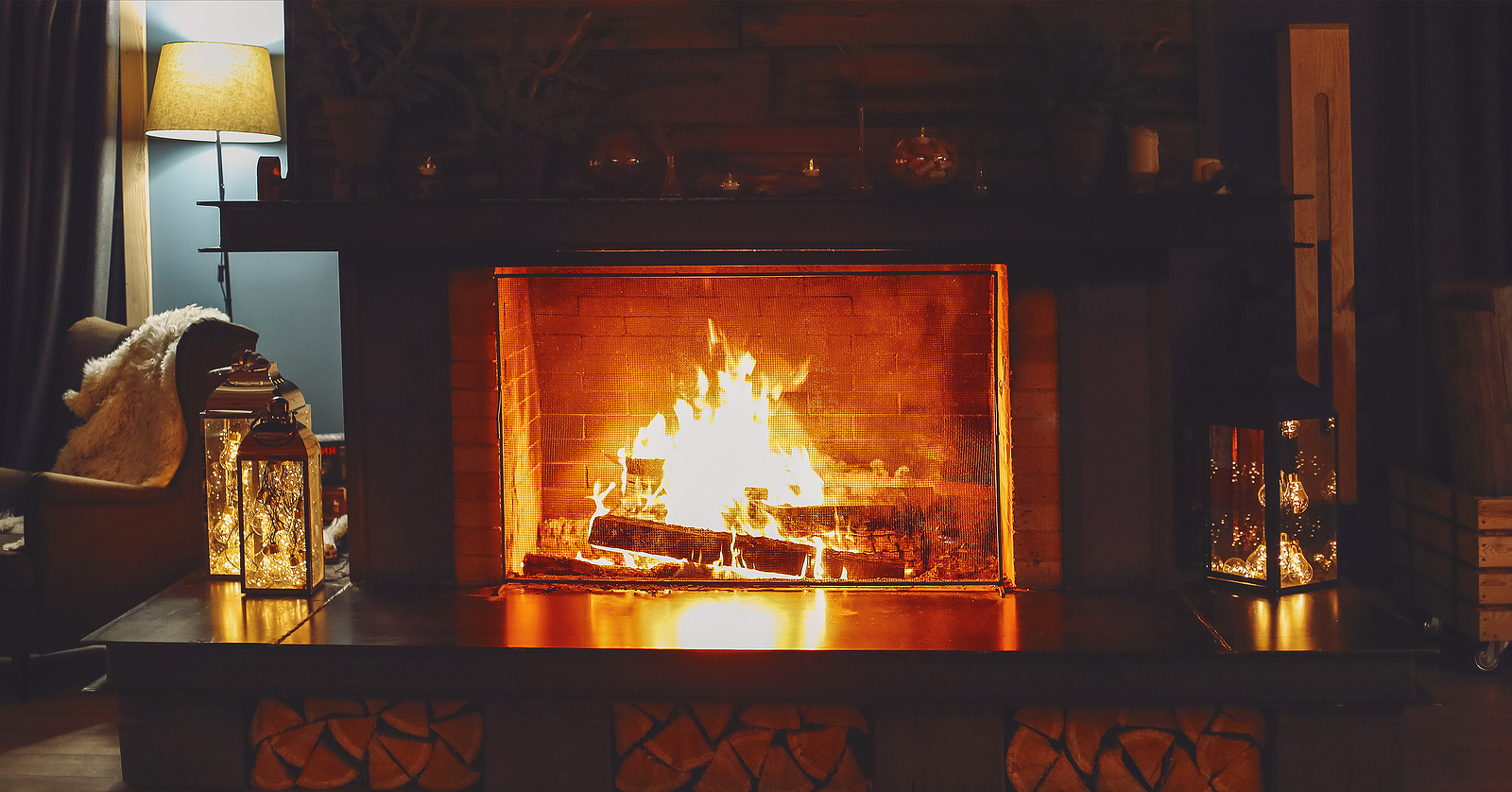Home fire statistics are scary. Knowing how not to be among these statistics, however, is critical.
Let’s take a look at some of these statistics and then dive in to some safety tips to ensure your home’s fireplace keeps on cranking out that toasty heat while ensuring its occupants are safe.
Statistics you need to know
- “Home heating equipment is the leading cause of U.S. home fires during the months of December, January and February, when nearly half (48 percent) of all U.S. home heating equipment fires occur.” (National Fire Protection Association, or NFPA)
- While space heaters cause the most home fires, fireplaces and chimneys rank second, causing three in 10 residential heating equipment fires. (NFPA)
- Fires considered “confined” (those in chimneys, flues and flue burners), make up 87% of heating fires in homes. (US Environmental Protection Agency)
The anatomy of a fireplace
“Fireplaces rely on the simple technology of air being drawn in from your home to feed the fire and then rising up and out of your chimney thanks to the heat generated by the fire,” according to the pros at Fluesbrothers Chimney and Fireplace in Kansas City, KS.
They go on to list the basic parts of the unit:
- Hearth: The floor of the fireplace and the extension to the area in front of the fireplace (made of non-flammable material, such as tile or brick).
- Firebox: The part of the fireplace in which the fire is contained.
- Lintel: “The fireplace lintel … is a horizontal beam that runs across the length of the fireplace and supports the chimney,” according to the experts at Burlington Fireplace and Solar in Burlington, WI. Although it may look decorative, it’s most important purpose is to support the chimney’s weight.
- Damper: Most homeowners are familiar with the fireplace damper. It consists of a flap that, when adjusted, allows smoke to rise up the chimney and exit the home. When closed, it will reduce drafts and heat loss.
- Smoke Chamber: Located above the firebox, the smoke chamber starts wide and narrows to the chimney’s opening. Its purpose, rather like a funnel, is to direct smoke from the firebox to the chimney.
- Flue: The passageway for exhaust gasses to the outdoors. “A flue may be a duct, pipe, vent, or chimney,” according to High’s Chimney Service in Gaithersburg, MD.
All of these parts work together to draw the air into and out of the fireplace and chimney.
Fireplace safety tips
- Ensure your home has working smoke and carbon monoxide detectors/alarms. Test each one on a monthly basis and change out the batteries annually.
- Purchase a fire extinguisher and service it at least once a month during fireplace season. You’ll find tips on the process online at NFPA.org.
- Don’t use a fireplace without a screen in place.
- Never use an accelerant (acetone, Coleman fuel, kerosene, gasoline, etc.) to start a fire in a fireplace.
- Keep all combustible materials (fabric, wood, paper, plastics etc.) at least three feet away from the fireplace.
- Dirty fireplaces and chimneys account for 25% of all home heating equipment fires. Ensure that both are routinely cleaned. Never allow more than 1 inch of ash from a previous fire to accumulate.
- The NFPA recommends that you hire a chimney professional to inspect the fireplace and chimney annually and have everything cleaned by a chimney sweep.
- Repair any cracks found during the chimney inspection.
- Shine a flashlight up the chimney before lighting a fire to ensure there are no critter nests or other blockages.
- Burning small pieces of dry and well-aged wood contributes less soot in the chimney.
- Hot ash and coal can remain hot for several days after a fire. Dispose of the material safely by transferring it to a metal bucket or other container. Pour water over the ash and coal then dispose of it.
- Don’t close the chimney damper until the fire’s embers are completely extinguished.
- Never retire for the night while a fire is still burning in your fireplace.
- The experts at the American Academy of Pediatrics urge parents to “Talk with children as early as possible about the dangers of fires and the heat coming from them.”






